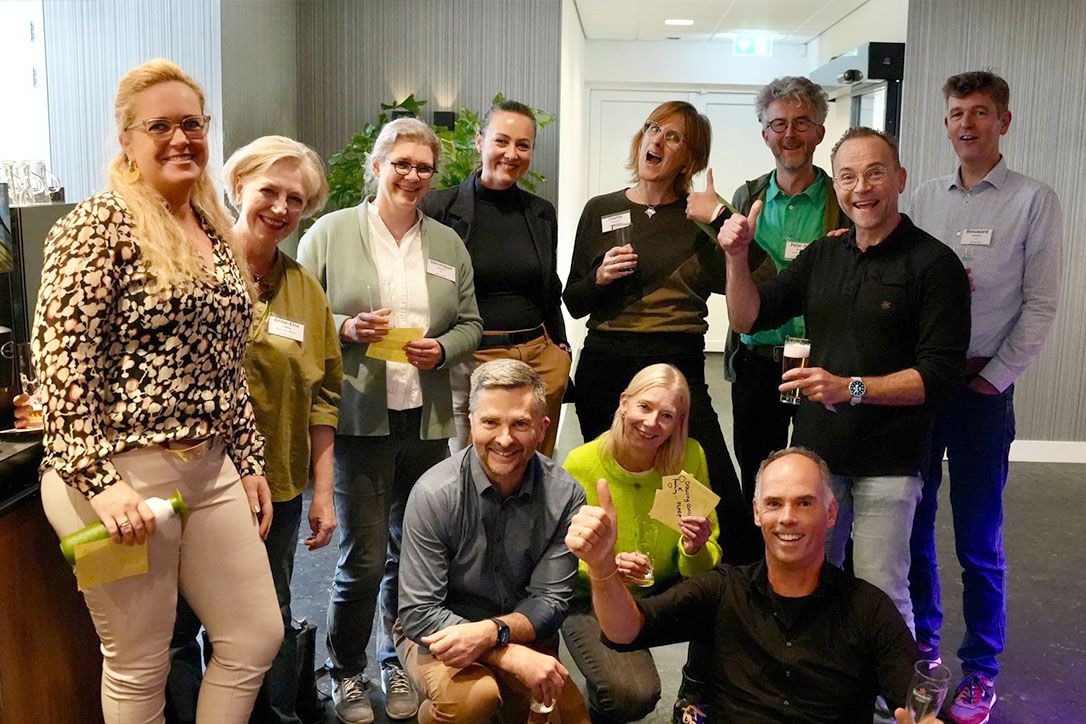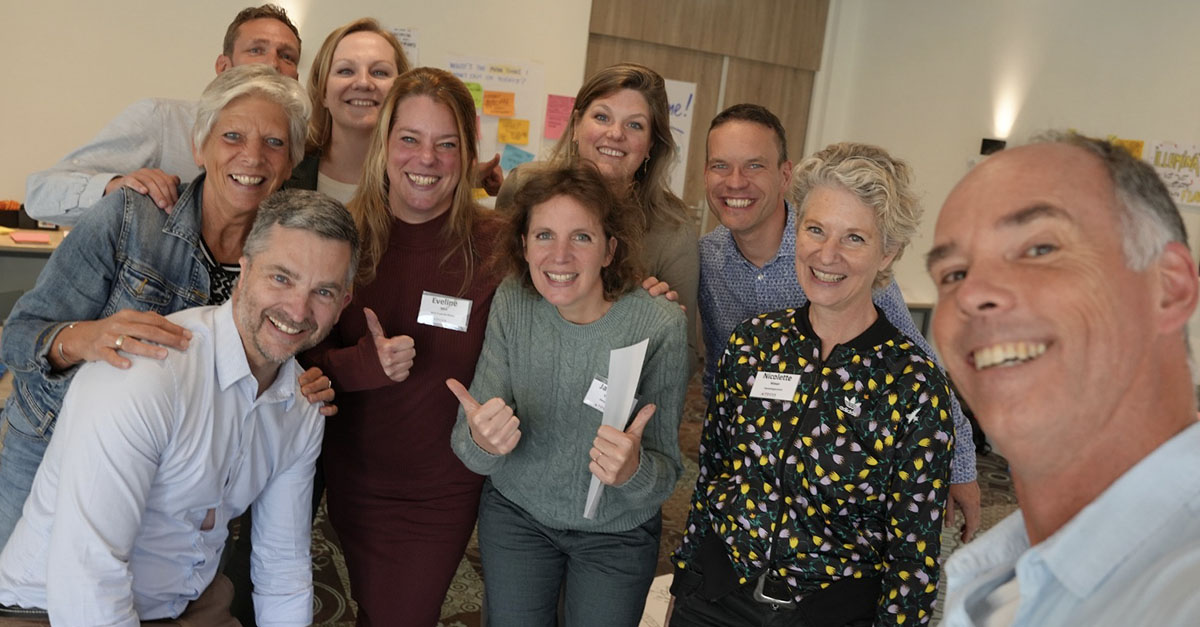Recently, I had the pleasure of running some training workshops with Jeroen Blijsie from Focus Facilitators, designed to help professionals increase their confidence in using simple drawing techniques to better formulate and communicate business strategy. In essence, I wanted to equip participants with the tools they need to become indispensable strategic thought partners to their teams and clients, regardless of their job title or industry.
Building confidence in visual strategy
The workshops were focused on boosting participants’ ability to visually express strategic concepts, and help others get beyond the usual blah-blah of strategy meetings, and instead to define, refine and align on more accurate, powerful strategy.
By the end of each workshop, attendees had built a stronger toolkit of visual frameworks, learned when and how to involve various stakeholders, and mastered the art of summarising complex strategies into a clear, concise ‘strategy-on-a-page’ (or ‘praat-plaat’, as I learned in Dutch!).
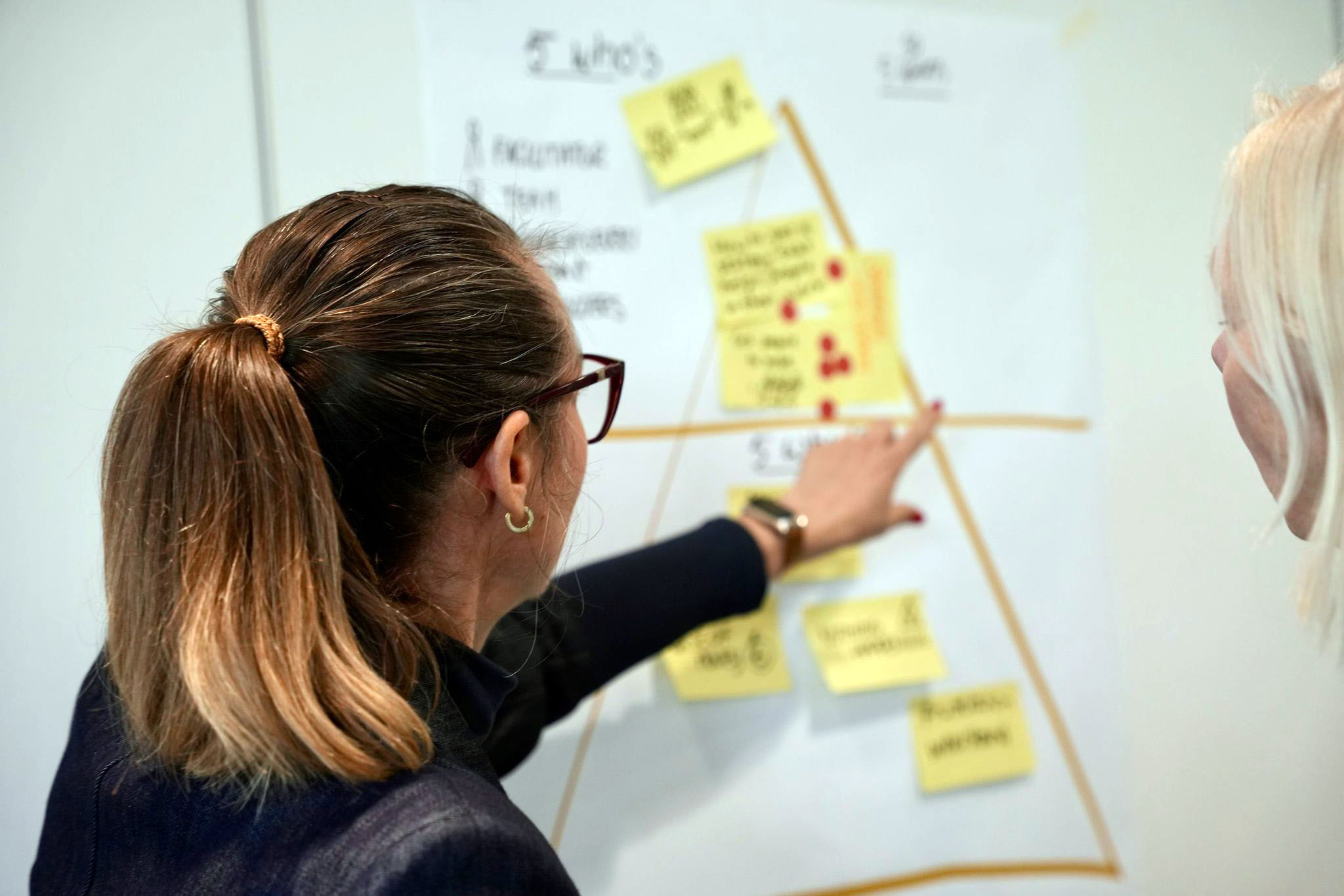
Our groups were a diverse mix of seasoned professionals – from graphic recorders and facilitators to project managers, business analysts, and consultants. While many participants were already comfortable drawing for work, the workshops offered them an opportunity to deepen their skills and expand their thinking. With 8-9 participants per session, the groups were intimate enough to allow for in-depth discussions while still offering everyone time and space to get involved.
From drawing to strategic impact
Right from the start, the workshops were highly interactive. Participants were involved in drawing exercises, either individually or in pairs, and then reflected on how these activities applied to their own work. The collaborative atmosphere helped spark insightful discussions, as participants shared examples from their own experiences.
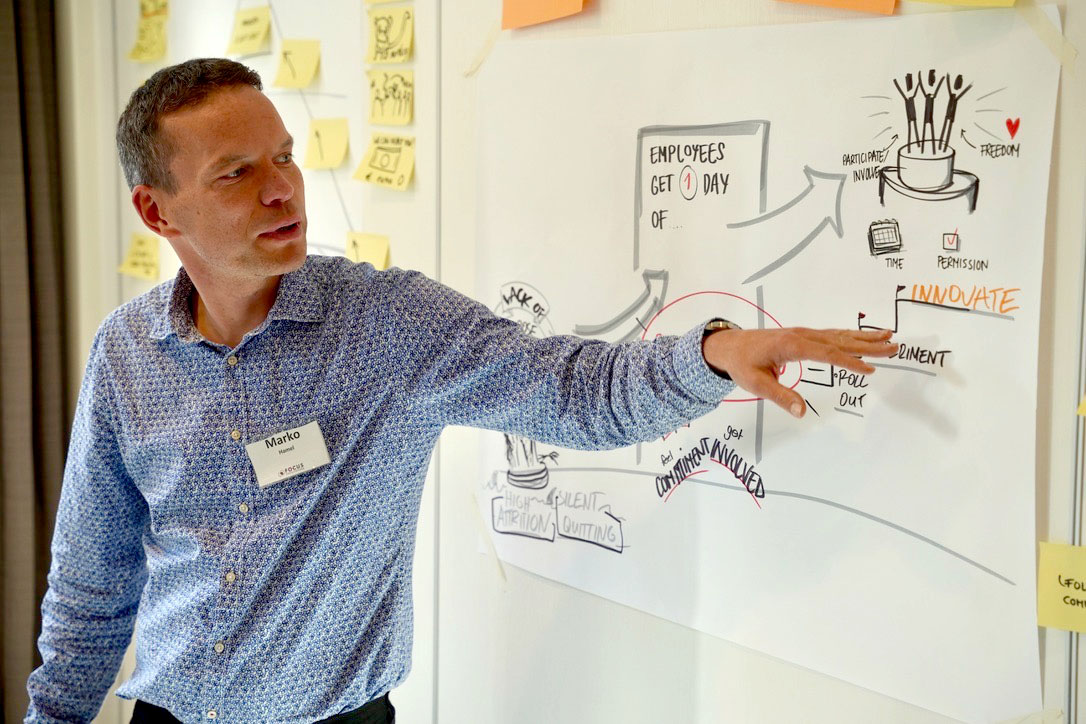
One of the key highlights was introducing the CASE framework: Context, Aspiration, Solution, and Execution. This simple yet powerful framework helped attendees to diagnose their strengths in strategic formulation, and identify areas where they wanted to grow.
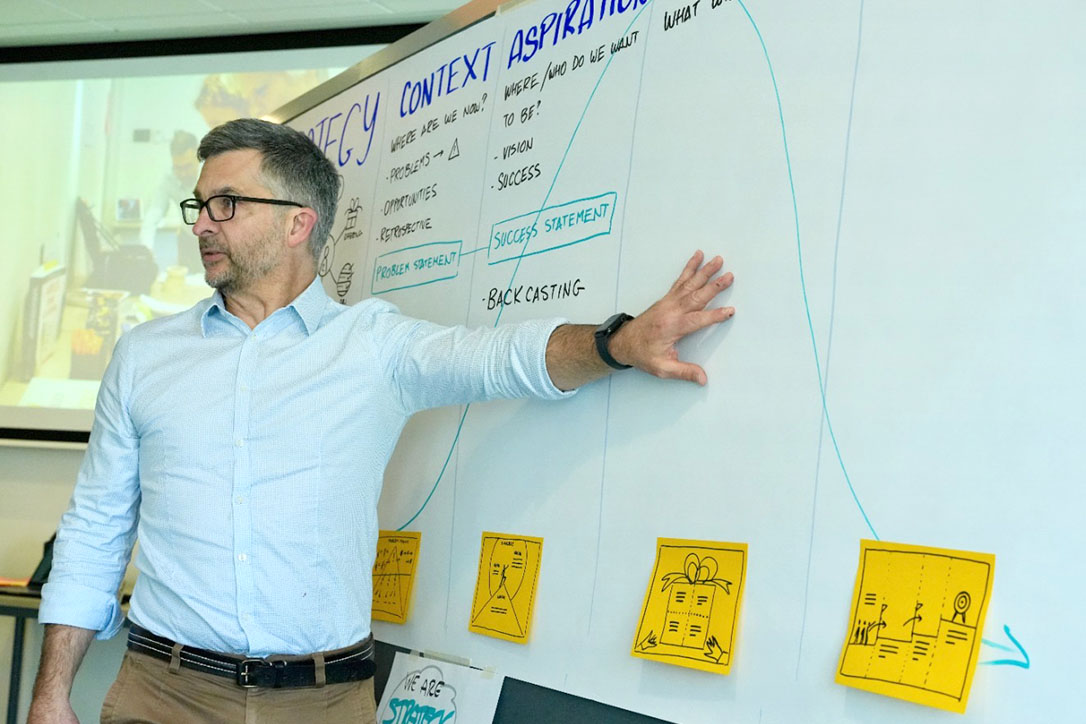
Rather than adding more layers of complexity to their existing knowledge of strategy, the framework acted as a guide to help them make sense of what they already knew, and how to use it more effectively.
One critical insight stood out throughout all of the activities throughout the day: strategy isn’t a product to be sold to a team, but rather a process to be embraced by the team. Through drawing and visualisation, participants learned how to literally and metaphorically ‘get everyone on the same page’, by creating that page collaboratively, together.
Powerful moments and unexpected insights
What made this so rewarding for me personally was the high levels of experience and expertise in the room. The insightful questions and comments from participants elevated the discussions far beyond what I had expected. One particularly memorable moment came from a seasoned visual practitioner, Peter Jos de Jong, who captured (and drew!) a thought-provoking analogy, about the ‘Hole’ of limited thinking versus seeing the ‘Whole’ of the situation; strategic thinking indeed!
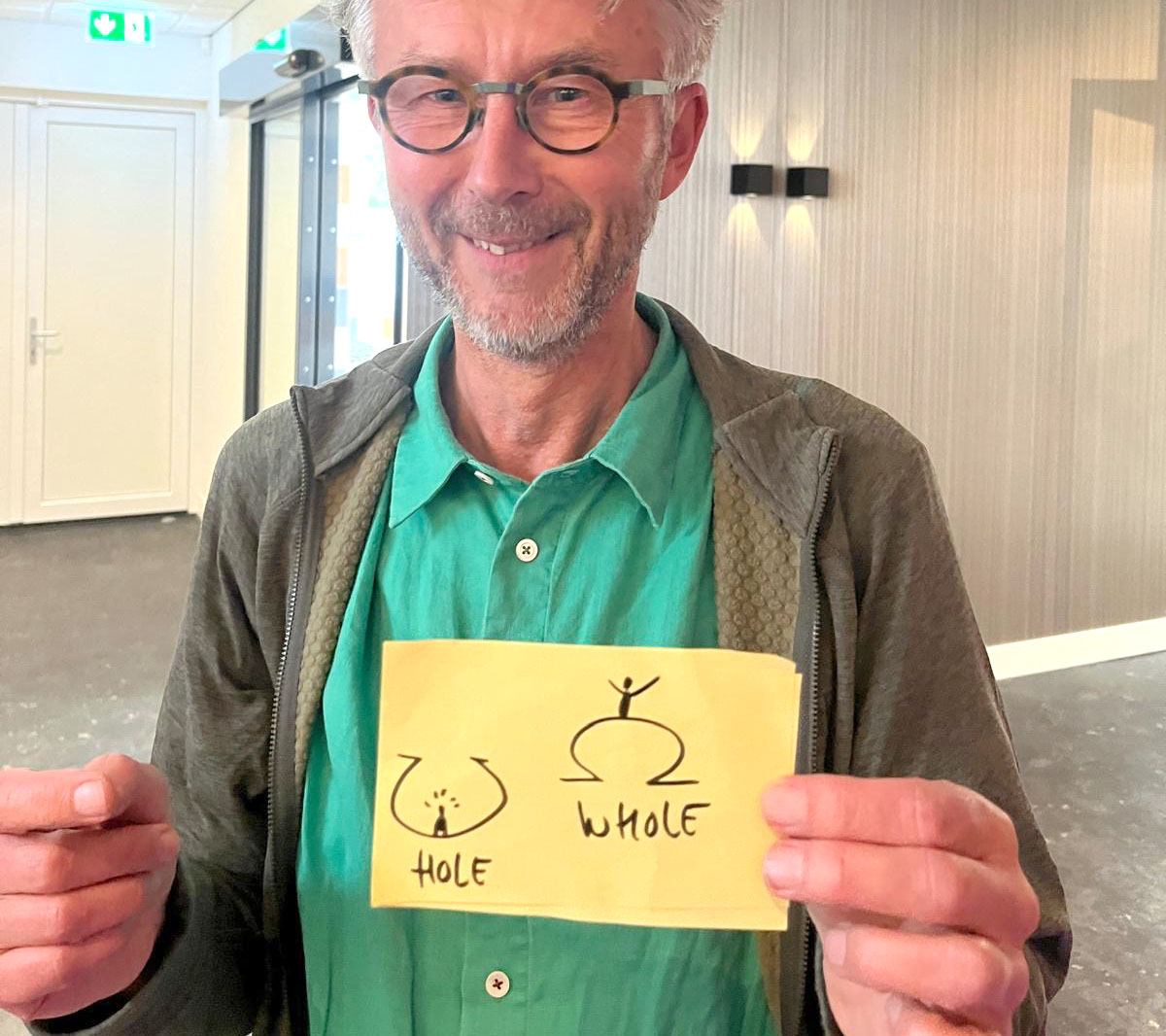
And of course, no workshop is complete without a bit of fun! A huge highlight for me was how participants jumped in and created a list of Dutch words on the wall for me to learn (“gezellig!” “goed bezig”). I also enjoyed sharing a small taste of Australia with everyone by bringing along packets of Tim Tams, a chocolate biscuit treat well-known in Australia, that was a hit with the group.
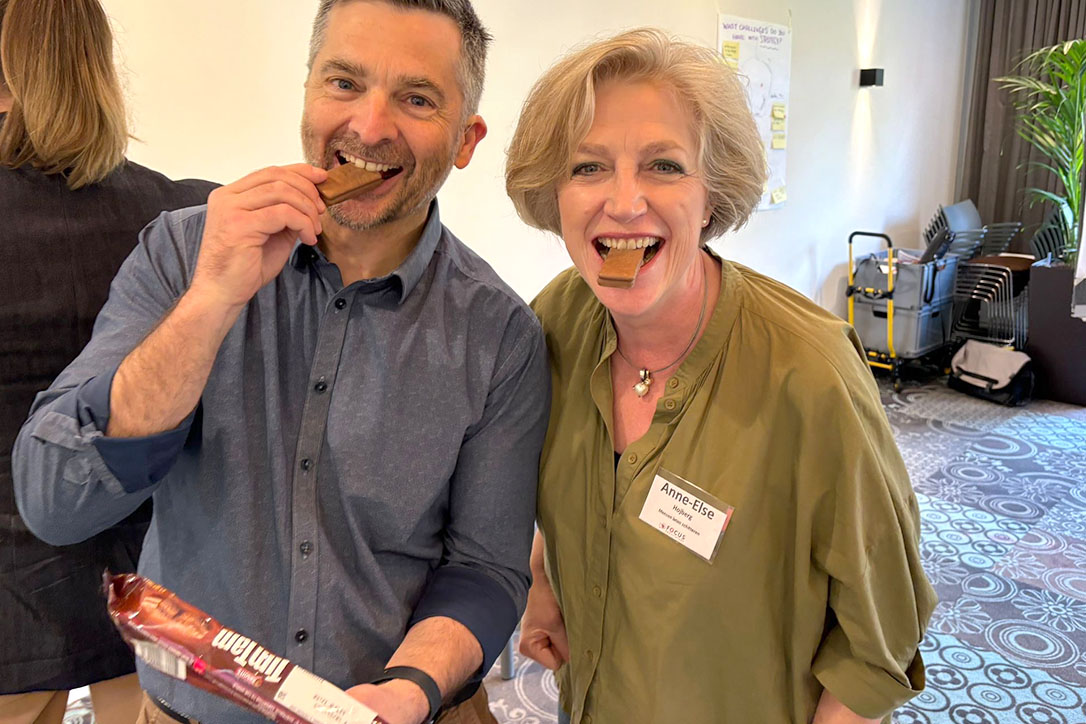
What’s next?
The feedback from these workshops was really positive. Many participants appreciated the inspiration and the opportunity to see how my co-facilitator Jeroen, and I worked together. As one participant aptly put it:
This workshop gave me an insight in the way both Jeroen and especially Ben facilitate on strategy. I now have a lot of inspiration and ideas to follow up on! And you are both fun and very generous with your knowledge and experience.
Looking ahead, there’s already interest in continuing this work in Spring 2025 (European time), with both open public workshops and corporate team sessions. If I have the opportunity to run these workshops again, I plan to dive even deeper into demonstrating my methods and visual frameworks in action, with more real-life examples and walk-throughs of visual summaries I’ve done.
Stay tuned for more updates, and if yoursquo;re interested in learning more about how visualisation can transform strategic thinking in your organisation, feel free to contact me, or subscribe to the Bright Pilots newsletter.
